When NOT to Use a Line Chart

Line charts are a classic tool for visualizing trends over time (e.g., days, weeks, months, years etc…). They are most effective for:
Showing trends in a variable over time

Showing trends in a variable over time for multiple categories (if the variable is measured the same way for all categories)

Or showing trends in different variables over time (if the variables are measured on the same scale)

You could even use a slope chart (a line chart that only shows two points) to visualize differences between two dates:

or differences between two categories on multiple variables:

And while there are few hard-and-fast rules when it comes to data visualization, one thing is for certain: line charts are not suitable for comparing multiple categories at one point in time for a single variable.
Let me show you what I mean.
Last week, I was perusing the United Nations Development Programme website, and I came across the following chart in one of their country reports:

The graphic is a line chart showing the Gender Development Index for eight South Asian Countries in 2017. The Gender Development Index is a measure of gender disparities in human development achievements along three dimensions: (1) Long and healthy life; (2) Knowledge; and (3) Standard of living. The scale ranges from 0 to 1, where 1 indicates perfect gender equality and a value closer to 0 indicates near perfect gender inequality.
A line chart in this instance is not appropriate because the data do not show trends over a period of time. Rather, the data presented are from the same point in time (i.e., 2017) for different South Asian countries.
So, what should you do instead? One alternative that packs a punch is the classic (horizontal) bar chart.
Redesign: the horizontal stacked bar chart
An easy choice is the (horizontal) stacked bar chart. It is clean, effective, and easy to interpret:

Add an informative title and highlight the country of interest (which in this case was Bhutan) and you’re ready to go:

So, next time you’re about to use a line graph, make sure your data falls into one of these categories:
Captures trends in a variable over time
Captures trends in a variable over time for multiple categories (where the variable is measured the same way for each category); or
Captures trends in different variables over time (where variables are measured on the same scale).
